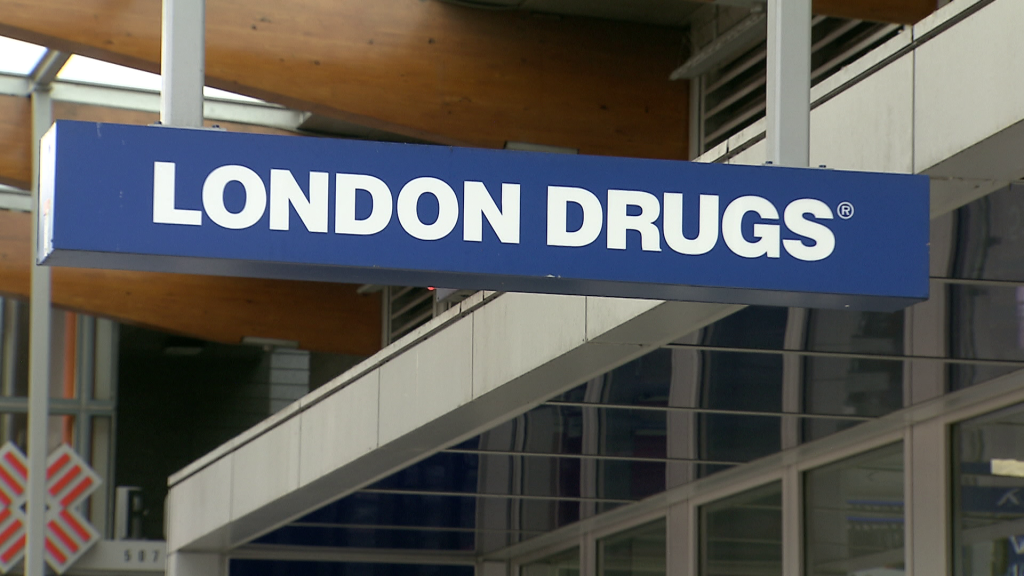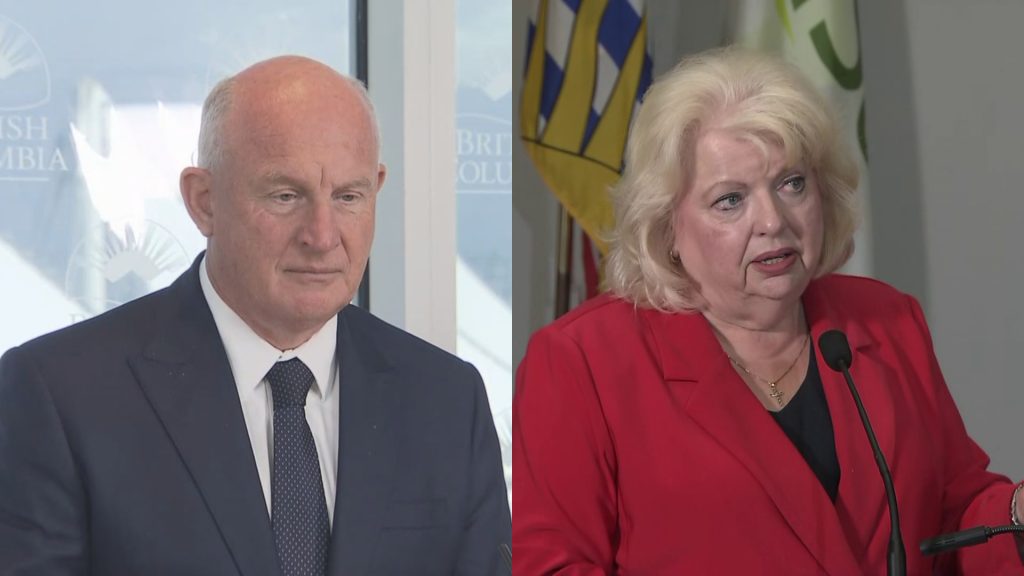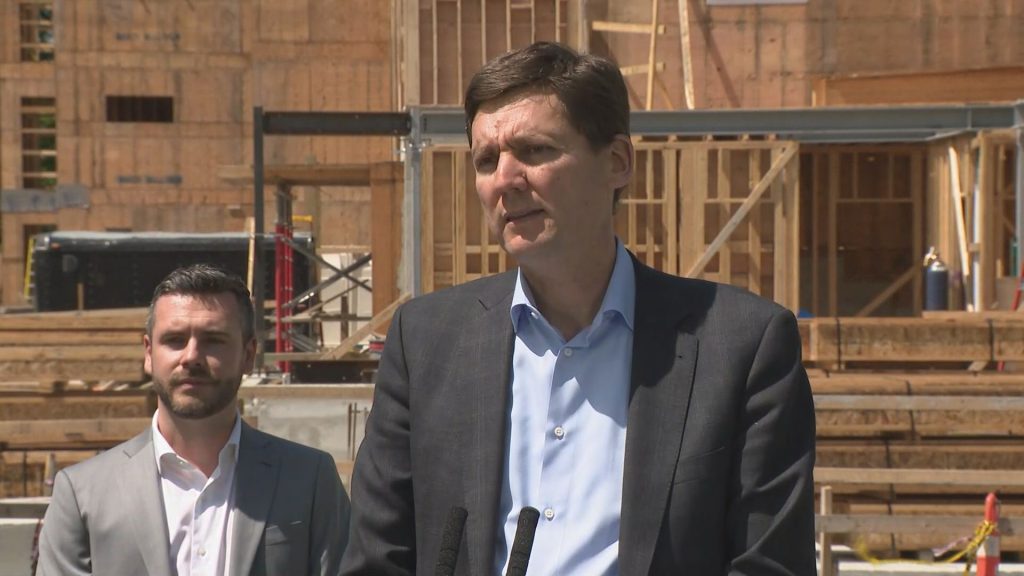Data suggests B.C. on downward yet delicate COVID-19 trend as more vaccines arrive
Posted December 23, 2020 5:00 pm.
Last Updated December 23, 2020 9:52 pm.
VANCOUVER (NEWS 1130) — The COVID-19 restrictions brought in to slow the spread of the virus in the second wave of the pandemic are working, the latest provincial modelling data suggests.
Provincial Health Officer Dr. Bonnie Henry detailed the course B.C. is taking and how health measures have changed in the last few weeks, while outlining how Moderna’s approval has impacted vaccine distribution.
“We did hit a peak around mid-November, and we’ve now started to slowly decrease,” she said Wednesday.
Related Stories:
-
B.C.’s COVID-19 curve levelling, virus variant requires caution: top doctor
-
Household, community transmission driving COVID-19 surge in B.C.
-
Health-care worker receives first B.C. COVID-19 vaccine
-
First doses of COVID-19 vaccine arrive in B.C.
In every age group, new infections came down, Henry said, but are still at a high level.
However, Henry stressed that does not mean the province is in the clear, using the jump in cases in October as an example of how quickly the situation can escalate if people don’t follow measures and increase how many people they’re interacting with.
“It would not take much for us to get back into a danger zone again,” she said.
Age remains the single biggest factor in severity of #COVID19 and deaths, Dr. Henry says.
We’ve only seen one person in the 30-39 year age group and 4 people in the 40-49 year age group die.
That said, most of the people catching COVID-19 are 20-49 years old.— Lasia Kretzel (@lkretzel1130) December 23, 2020
In B.C.’s second surge, hospitalizations and COVID-19 deaths peaked. The vast majority of those who died were people over the age of 70 and long-term care residents.
“Age remains the single-most-important risk factor for severe illness or death from COVID-19,” Henry said.
On the same day, Henry reported 19 people had lost their lives to the virus and another 518 cases were confirmed.
9,137 known active #COVID19 cases (-581)
348 in hospital (-9)
80 (-4) ICU
36,952 recovered (+858 – 76.9% of recorded cases)
9,689 people under monitoring after close contact with a positive person BUT does not include monitoring in North because of a data transmission underway— Lasia Kretzel (@lkretzel1130) December 23, 2020
The second wave also saw more people between the ages of 20 and 39 getting the virus.
New infections continue to be connected to known cases and clusters, meaning contact tracing is working despite challenges in some health regions, Henry said.
Two types of vaccine prioritized for protection
Now that Moderna has been approved, the vaccine will be arriving in B.C. next week.
By March, Henry said 792,000 doses of the vaccine are expected to be here. The vaccines require two doses, and B.C. will be giving them 35 days apart to maximize how many people can be immunized as more shipments arrive.
Here’s a better idea of who will get priority for the #COVID19 vaccine in B.C.: pic.twitter.com/t8UPS5LNWi
— Martin MacMahon (@martinmacmahon) December 23, 2020
In the first phase of vaccinations, about 549,000 people will get their initial dose by spring and roughly 240,000 people will also get their second dose.
Just over a week ago, the first doses of vaccine arrived in B.C. and have been delivered all over the province. There have been 5,603 people in B.C. immunized so far, including Henry.
Schools safe when measures followed
Data shows when virus safety measures are followed, transmission in schools is low, Henry said.
“I know there’s a lot of anxiety about transmission in schools, about exposures in schools. The data shows us that we are not seeing schools being a place where transmission spreads widely.”
The health ministry is also sharing more details on #COVID19 in B.C. schools: pic.twitter.com/2hN0od6NqK
— Martin MacMahon (@martinmacmahon) December 23, 2020
Henry admits the measures can be challenging at times, and it isn’t always easy to have a young student keep their mask on. She notes there were 526 exposure events — which means someone with the virus was in the environment and not necessarily that transmission happened — in the nearly 2,000 schools in B.C. from Nov. 1 to Nov. 18, mostly in elementary schools.
That means seven in 10 schools didn’t have exposure during that time, and transmission was mainly between staff members. Henry noted adults transmission is more likely between adults.
In the Vancouver Coastal Health region, 89 per cent of infections in schools was from a confirmed case or cluster.
The next live COVID-19 update will be. Dec. 29.
Miss the update? Watch the full briefing:
Read the full report:








